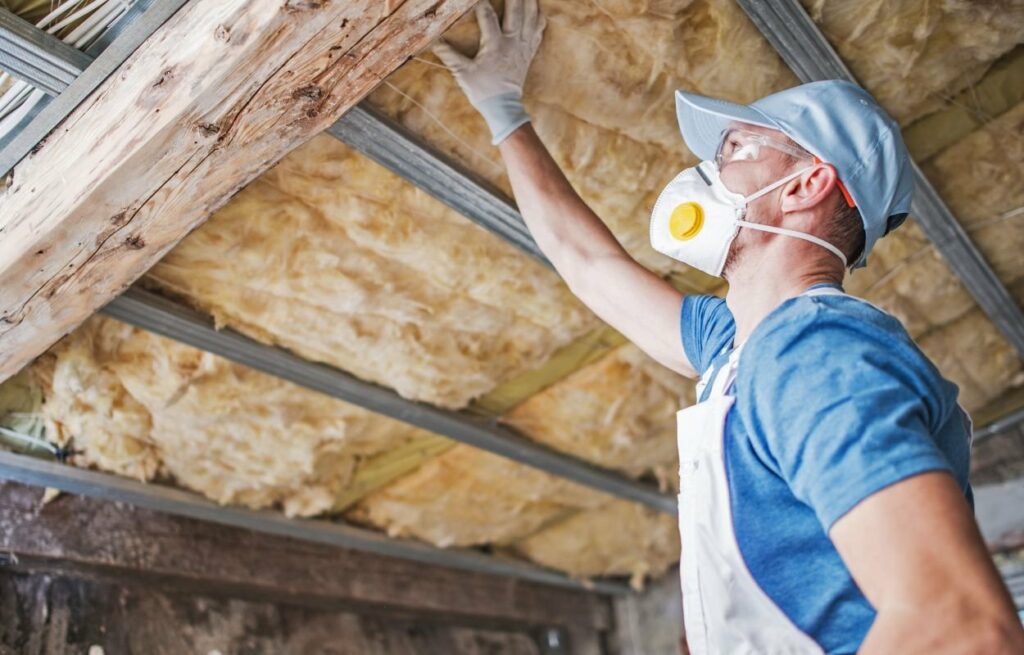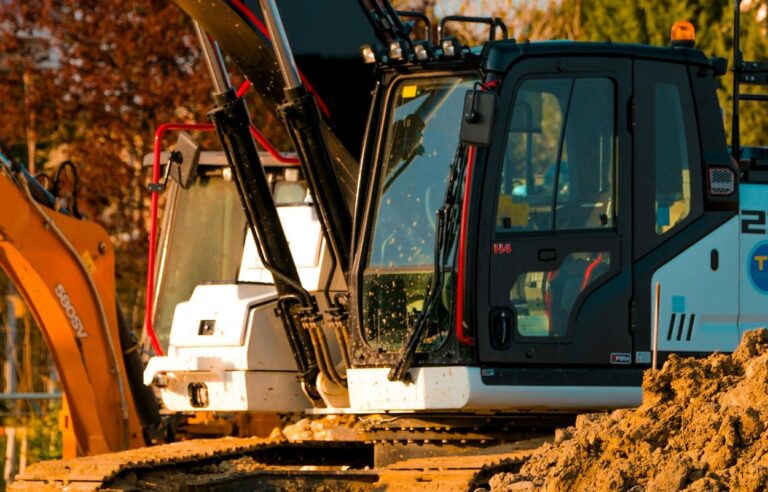
If you live in an older home or work in an older building, you’ve probably heard about asbestos. It’s one of those terms that can sound scary, especially when you start thinking about all the potential health risks. But before you get too worried, let’s take a step back and look at what asbestos is, why it’s a concern in older buildings, and what you can do if you find it.
In this article, we’ll break things down in a friendly, easy-to-understand way so you know exactly what to look out for and what steps to take. Let’s dive in!
WHAT EXACTLY IS ASBESTOS?
Asbestos is a group of naturally occurring minerals made up of fine, durable fibers. For decades, it was widely used in construction materials because it was heat-resistant, strong, and could insulate buildings really well. You might find asbestos in insulation, roofing, flooring, pipes, and even in some paints and adhesives in older buildings.
The problem with asbestos arises when those fibers get disturbed. If they become airborne and you inhale them, they can cause serious health issues over time. This includes diseases like lung cancer, mesothelioma, and asbestosis. For this reason, it’s crucial to know how to identify asbestos and what to do if you find it.
WHY IS ASBESTOS A CONCERN IN OLDER BUILDINGS?
Asbestos was used in construction up until the 1980s in many places around the world, including in Canada. If your building was constructed before then, there’s a good chance it might contain asbestos, especially in places like insulation, ceiling tiles, and older pipes.
Even though asbestos wasn’t banned completely until much later, its use has been drastically reduced in modern construction. However, the problem is that the asbestos in older buildings doesn’t just disappear. It can still be a risk, especially if the material starts to break down over time.
In older homes, particularly those built in the mid-20th century, you may find that asbestos-containing materials are now brittle or damaged due to age. Disturbing these materials, either through renovation or natural wear and tear, can release harmful fibers into the air. This is when asbestos becomes a danger, so it’s crucial to handle these materials carefully.
HOW DO YOU KNOW IF ASBESTOS IS IN YOUR BUILDING?
The tricky part about asbestos is that you can’t just look at a material and tell whether it contains asbestos. That’s because asbestos fibers are microscopic, and the materials they’re found in don’t always look different from non-asbestos-containing materials.
However, there are some common places in older buildings where asbestos is likely to be found:
Insulation: Asbestos was used in both attic insulation and wall insulation for its fire resistance.
Flooring: Some older vinyl flooring and its backing might contain asbestos.
Ceiling Tiles: If you have acoustic ceiling tiles (the kind that look like popcorn ceilings), they may contain asbestos.
Pipes: Asbestos was often used as insulation around pipes, especially in older plumbing systems.
Roofing: If your building has an older roof, especially one made of shingles, there’s a chance it might contain asbestos.
If you suspect asbestos might be in your building, it’s essential not to disturb the materials. The last thing you want to do is accidentally release asbestos fibers into the air.
SHOULD YOU BE WORRIED ABOUT ASBESTOS?
Here’s the good news: asbestos is only dangerous if it’s disturbed. Simply having asbestos-containing materials in your building doesn’t automatically mean you’re in danger. If the materials are in good condition and left undisturbed, they generally don’t pose a significant health risk. The problem comes when you disturb them, which releases asbestos fibers into the air where they can be inhaled.
If you’re planning any renovations or repairs, or if the materials are old and deteriorating, it’s best to get things checked out. If you’re unsure, it’s always better to be safe and consult an expert who can help identify asbestos and give you advice on what steps to take next.
WHAT TO DO IF YOU FIND ASBESTOS IN YOUR BUILDING
If you think you’ve found asbestos in your home or building, the first thing you should do is avoid disturbing it. Do not attempt to remove or handle asbestos-containing materials on your own. It’s best to hire professionals for this.
Asbestos abatement in Victoria, for example, involves careful planning and procedures to ensure the safe removal of asbestos from buildings. Professionals have the right equipment, training, and expertise to handle asbestos safely and properly dispose of it.
If you’re in the process of renovating or working on your home or building, it’s always wise to have an asbestos inspection before you start. This will help you avoid any accidental exposure, which can be harmful in the long term.
HOW IS ASBESTOS ABATEMENT DONE?
Asbestos abatement is a regulated process, and it’s not something you can just DIY. In fact, asbestos removal requires specialized knowledge and equipment. A licensed asbestos abatement company will typically follow these steps:
Inspection: The first step is to inspect the area and confirm whether or not asbestos is present. This usually involves taking samples and sending them to a lab for analysis.
Containment: If asbestos is found, the area is sealed off to prevent contamination of the rest of the building. This is usually done with plastic sheeting and specialized sealing methods.
Removal: The asbestos-containing materials are carefully removed by trained professionals, following strict safety guidelines to ensure that no fibers are released into the air.
Disposal: After removal, the asbestos materials are carefully disposed of at a licensed facility that can handle hazardous materials.
WHY HIRING PROFESSIONALS IS SO IMPORTANT
While it might seem tempting to try and tackle the problem yourself, asbestos removal is not something that should be taken lightly. Even a small mistake can lead to dangerous exposure. Hiring professionals to handle asbestos abatement in Victoria (or wherever you live) ensures that the job is done safely and up to code.
Experts in asbestos removal have the tools, protective gear, and certifications to deal with asbestos without putting themselves or others at risk. Plus, they can help you understand your options moving forward, whether that’s removing the asbestos, encapsulating it, or taking other steps to ensure the safety of your building.
WHAT ARE YOUR NEXT STEPS?
If you own an older building or home, take some time to learn more about asbestos and its potential presence in your property. If you find materials that might contain asbestos, it’s essential to stay calm and make a plan. Here’s a quick summary of the steps you should take:
-
Don’t disturb any materials you suspect might contain asbestos.
-
Have an asbestos inspection done by professionals.
-
If asbestos is found, hire a licensed abatement company to safely remove it.
-
Consider regular maintenance and inspections to ensure the safety of your building over time.
In conclusion, while asbestos is a serious concern, it doesn’t have to be something you panic about. By staying informed and working with professionals, you can handle asbestos in older buildings safely. Whether you’re renovating, maintaining, or just concerned about the materials in your building, knowing what to look for and what to do is the first step in keeping yourself and your family safe.



